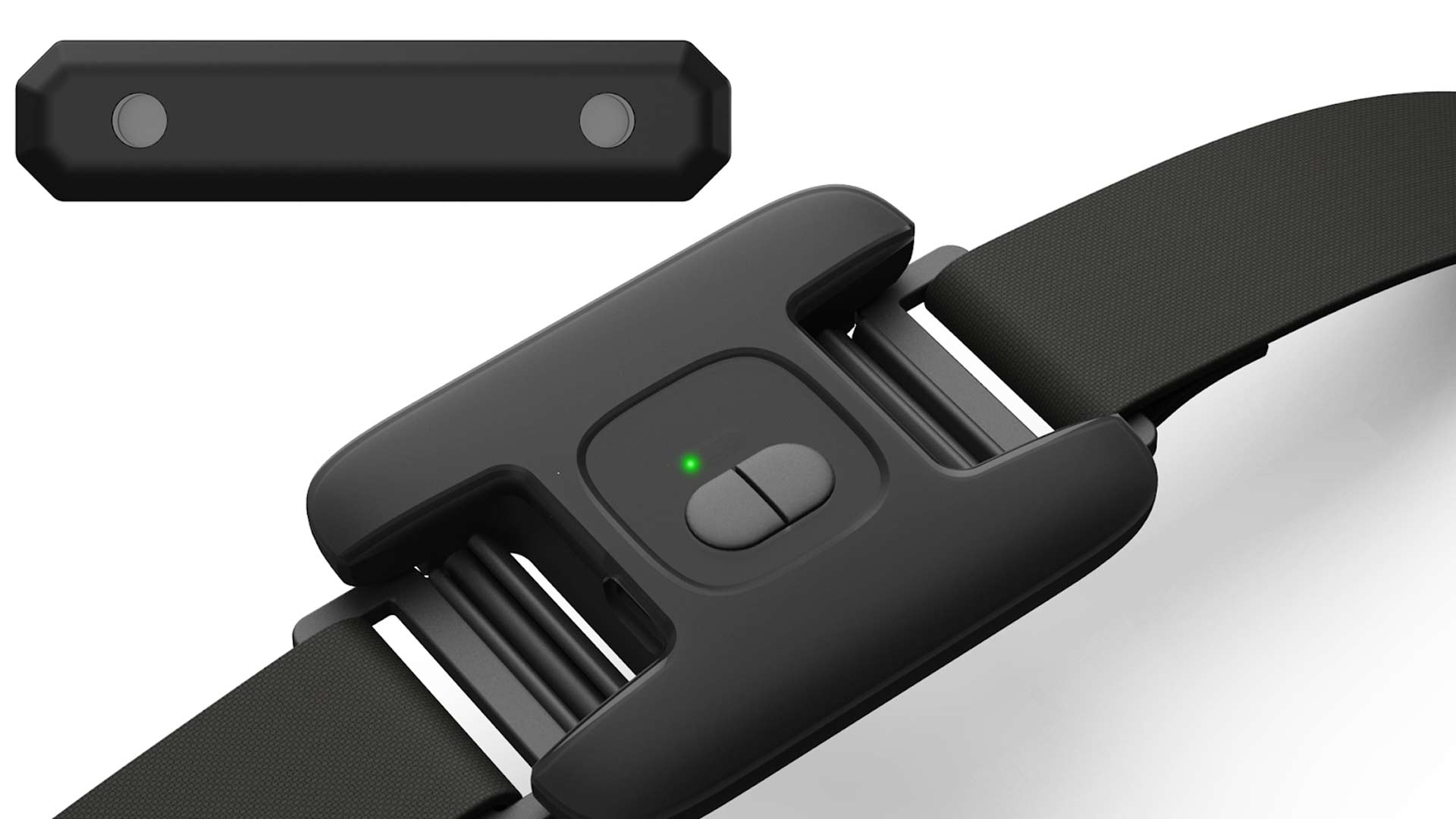Panasonic subsidiary Shiftall announced it’s releasing a new version of its MeganeX PC VR headset along with the next generation of its HaritoraX wireless body trackers.
The company calls its next SteamVR headset ‘MeganeX superlight’, which is said to be around 50% lighter than the original MeganeX headset.
In contrast to the original, the new MeganeX superlight also appears to be a cheaper, easier to produce version of the device, which previously included onboard optical tracking in addition to a mountable SteamVR tracking module.
The ‘superlight’ version is said to include the same display specs: dual 2,560 × 2,560 1.3-inch micro-OLED displays (120Hz), however it reduces the size from 385g to around 200g.

The new version is also more barebones, as it omits inside-out cameras, speakers, and glasses-style struts, and adopts an all-plastic lens. That, and the only 6DOF tracking method will be through Valve’s external SteamVR base stations, similar to what will no doubt be its main competitor, the $1,000 Bigscreen Beyond.
MeganeX superlight is expected to release sometime in 2024; the company hasn’t mentioned pricing yet. The original, which soft launched last September at an eye-blistering $1,700, still hasn’t been released outside of Japan.
Shiftall is also releasing what it calls ‘HaritoraX Wireless R’, its next wireless full body tracking device fuses its inertial measurement unit (IMU) tracking with an external camera, promising around 20 hours of battery life. Like the original HaritoraX Wireless, it provides six-point tracking, including chest, hip, knees, and ankles.

“It maintains the IMU method’s benefits of being lightweight, having long battery life, and not being affected by obstructions, while also achieving the drift-free accuracy characteristic of optical systems,” Shiftall says in a press statement.
HaritoraX Wireless R is also slated to release sometime this year, although pricing is similarly still under wraps.
Additionally, Shiftall is releasing ‘mutalk 2’, a $200 wireless soundproof microphone that is designed to prevent voice leakage and ambient noise for use in both VR and standard devices. The company has already launched pre-orders, with launch slated for May 2024.







